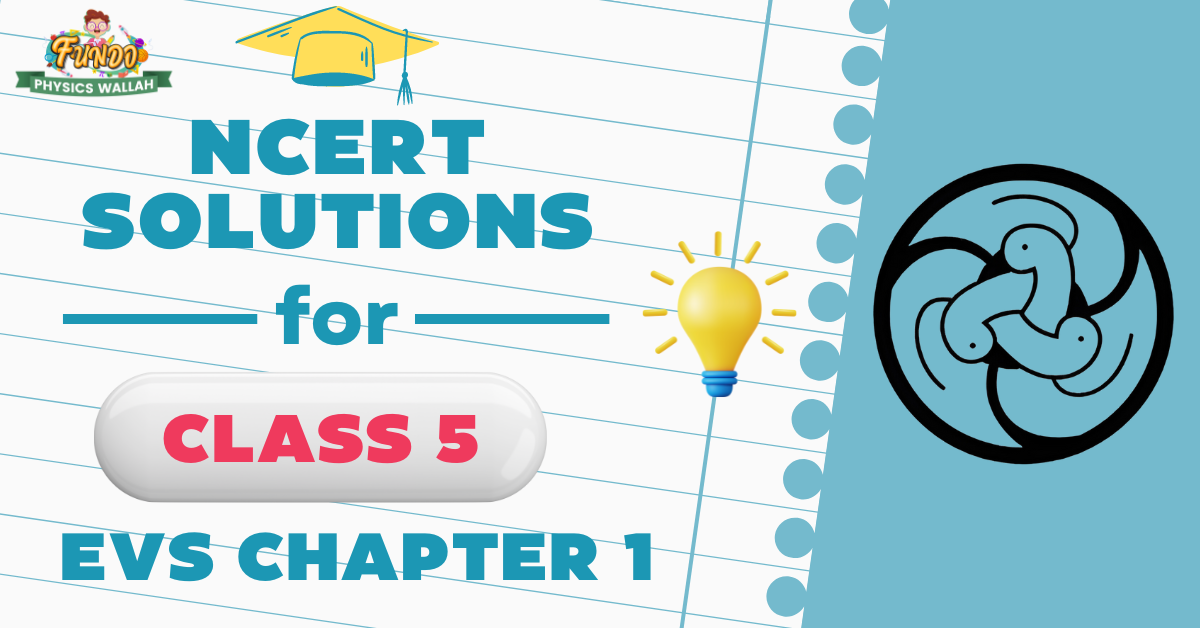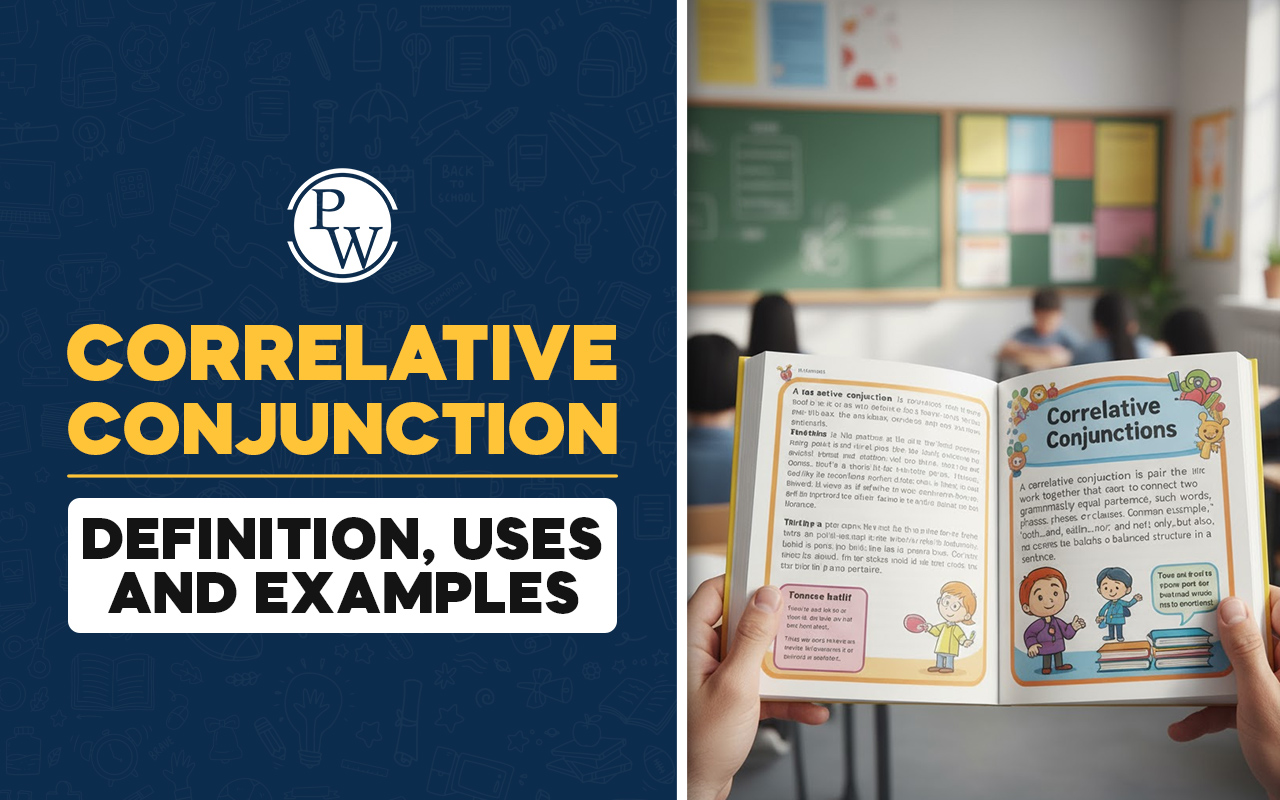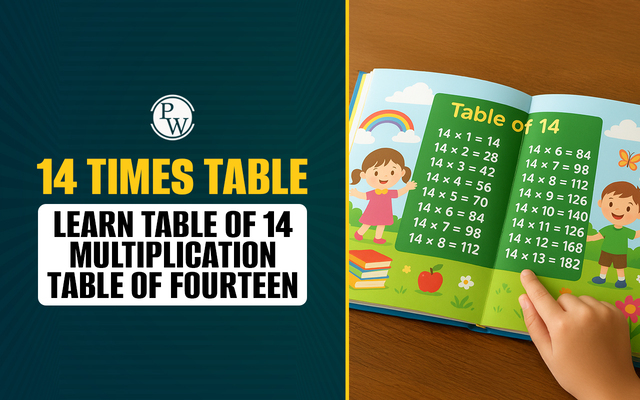

NCERT Solutions for Class 5 EVS Chapter 1
NCERT Solutions for Class 5 EVS Chapter 1: "Super Senses" is a fascinating chapter in the Class 5 EVS curriculum that explores the extraordinary senses of various animals, offering students a glimpse into how these animals interact with their environment. To understand the concepts and messages conveyed in this chapter, students can turn to the NCERT solutions prepared by Physics Wallah team of educational experts. Securing good marks in the final exams is vital for students, and working through the exercises in the NCERT Class 5 EVS textbook is key to their success. Yet, students might need help tackling the exercises. To support them, NCERT Solutions for Class 5 EVS Chapter 1, which are in line with the CBSE curriculum and created by our seasoned educators, are available to dispel any uncertainties.NCERT Solutions for Class 5 EVS Chapter 1 Overview
Physics Wallah's NCERT Solutions for Class 5 EVS Chapter 1 introduces students to the wonders of environmental science in an engaging and accessible way. These solutions are thoughtfully designed to start from the ground up, establishing a solid foundation in essential scientific concepts. Available in easily downloadable PDFs, they come packed with vivid examples that aim to bolster students' understanding and confidence across a wide range of subjects. Physics Wallah is committed to making education a rewarding and straightforward journey. The comprehensive NCERT Solutions extend across diverse subjects such as EVS, Maths, English, and Hindi, making it simpler for Class 5 students to navigate through their syllabus effectively. The solutions for the Class 5 EVS book, Chapter 1, can be effortlessly accessed on Physics Wallah's official website, developed specifically to aid students in mastering concepts without confusion. Physics Wallah offers a user-friendly chat service for any queries or doubts on their website, allowing for quick and easy resolution of questions, and fostering a supportive learning environment.NCERT Solutions for Class 5 EVS Chapter 1 PDF Download
NCERT Solutions for Class 5 EVS Chapter 1 Super Senses
NCERT Solutions for Class 5 EVS Chapter 1 Super Senses provides easy-to-understand and detailed answers for all the questions in this chapter. These solutions are made to help Class 5 students learn about the amazing senses different animals have, as discussed in the chapter. This helps them get to know more about animals and nature. Created by experts in education, these solutions are accurate and made to help students do their homework easily and get ready for their exams. You can find all the answers to the questions in the NCERT Class 5 EVS book for Chapter 1 here for free.NCERT Solutions for Class 5 EVS Chapter 1 Exercise: Think and Tell, Page no: 2
QUESTION: How did the ant know that the other ants were not from its group?Exercise: Try this and Write, Page no: 2
QUESTION: Drop some sugar, jaggery or anything sweet on the ground. Wait until the ants come there.- How long did it take for the ants to come?
- Did one ant come first or a group of ants came together?
- What did the ants do with the food?
- Where do they go from there?
- Do they move in a line?
Page no: 3
QUESTION: Now carefully, without harming the ants, block their path for a while with a pencil.Exercise: Write, Page no: 4
QUESTION: In what ways do human beings make use of this special sense of smell of dogs?| Likes | Dislikes |
| 1. Flowers | 1. Chemicals |
| 2. Perfume | 2. Garbage |
| 3. Tasty food | 3. Gutter |
| 4. Incense sticks | 4. Decaying things |
Exercise: Discuss, Page no: 5
QUESTION: Do the clothes of any of your family members smell? Whose?Exercise: Think and Discuss, Page no: 5
QUESTION: Sushila covered her nose when she cleaned Deepak’s nappy, but not when she cleaned her daughter. Why do you think she did this?Exercise: Let’s See, Page no: 6
QUESTION: Write the name of a bird which has eyes in front of its head (like in humans). ANSWER: Owls are birds that have their eyes in front, similar to humans. QUESTION: Write the names of some birds which have eyes on either side of the head. What is the size of their eyes as compared to the size of their head? ANSWER: Examples of birds with eyes on the sides of their heads include crows, pigeons, and parrots. Their eyes are relatively small when compared to their heads.Exercise: Looking with one or both eyes, Page no: 6
QUESTION: Could you see your friend’s action, without moving your neck? ANSWER: No, I couldn't see what my friend was doing without turning my neck. QUESTION: Now try to look at your friend’s action with both your eyes open but without moving your neck. ANSWER: With both eyes open and not moving my neck, I could see my friend's actions. QUESTION: What was the difference in looking with one or both eyes? ANSWER: Using both eyes gives a better view than just one eye. QUESTION: Now toss a small ball or a coin and try to catch it. Try this with both your eyes open. Then close one eye and try to catch it. When was it easier to catch? ANSWER: It was easier to catch the ball or coin with both eyes open. QUESTION: Imagine how it would be to have your eyes in place of your ears? What would you be able to do then, which you cannot do now? ANSWER: If our eyes were located where our ears were, we could see sideways without turning our heads. QUESTION: Now can you guess from what distance can an eagle in the sky see a roti on the ground? ANSWER: Eagles can spot a roti from as far away as two kilometers due to their sharp vision.Exercise: Write, Page no: 8
QUESTION: The names of ten animals whose ears can be seen.Exercise: Try this, Page no: 8
QUESTION: For this activity find a quiet place in your school. Tell one of your friends to stand at a short distance and ask him to say something softly. The rest of you should listen carefully. Then all of you put your hands behind your ears, as shown in the below picture. Let the same child say something again as softly as before. In which case was the sound sharper? Ask your friends too.Exercise: Write, Page no: 10
QUESTION: Can you understand the sounds of some animals? Which animals?Exercise: Say it With Sounds, Page no: 10
Exercise: Sleeping - Walking, Page no: 10
QUESTION: Have you noticed that during the cold season you cannot see any lizard in the house? Where do you think they have gone?Page no: 11
QUESTION: Given here is the sleeping time of some animals. Write below each picture for how many hours a day that animal sleeps.- Cows rest for about 4 hours daily.
- Pythons have a long sleep of 18 hours each day.
- Giraffes take short naps, totaling 2 hours of sleep daily.
- Cats enjoy half the day sleeping, with 12 hours of sleep.
- How do they change color or blend into their surroundings?
- What is their favorite food?
- How much sleep do they need?
- Are they meat-eaters, plant-eaters, or both?
- Do they give birth or lay eggs?
- Can they understand any human words or sounds?
- What ways do they use to talk to each other?
- Why do they live in the wild instead of with people?
- What's the longest they can live?
- How do they stay safe during extreme weather?
Page no: 13
QUESTION: The tiger is one of the most alert animals. And yet, today tigers are in danger. What do you think are some of the dangers to tigers in the jungle?Exercise: Find Out, Page no: 13
QUESTION: Where are other such National Parks in India?| National Park | State |
| Nagarahole National Park | Karnataka |
| Ranthambhore National Park | Rajasthan |
| Palamu National Park | Jharkhand |
| Gir National Park | Gujarat |
| Kaziranga National Park | Assam |
| Kanha National Park | Madhya Pradesh |
Exercise: What we have learnt, Page no: 13
QUESTION: Have you noticed that sometimes singers put their hand on their ear when they sing? Why do you think they may be doing this?- Dogs have an acute sense of hearing.
- Eagles have incredible sight, spotting prey from great distances.
- Mosquitoes are drawn to humans by detecting body heat and scent.
- Certain animals can sense impending natural disasters, showcasing a unique sensitivity to environmental changes.
Importance of NCERT Solutions for Class 5 EVS Chapter 1
The NCERT solutions for Class 5 EVS Chapter 1, "Super Senses," serve as a vital educational tool for young explorers eager to learn about the sensory abilities of animals and their significance in understanding environmental science. These expertly developed solutions walk students through the fascinating world of animal senses, providing a detailed, step-by-step exploration of how different creatures use their senses to interact with the environment around them. By engaging with these solutions, students deepen their understanding of key environmental concepts, the role of senses in survival and adaptation, and how animals communicate and navigate their habitats.Benefits of NCERT Solutions for Class 5 EVS Chapter 1
NCERT Solutions for Class 5 EVS Chapter 1, "Super Senses," provides an invaluable resource for students seeking to deepen their understanding of environmental science and the complex sensory world of animals. Here are the key benefits of using these solutions:- Enhanced Understanding of Sensory Functions: Chapter 1 introduces students to the extraordinary senses of animals and how they interact with their environment. NCERT Solutions offers detailed explanations and insights, helping students fully comprehend these fundamental concepts in environmental science.
- Improved Observational Skills: Through precise, step-by-step solutions and explanations, students learn to notice and understand the diverse sensory abilities of animals and their significance in ecosystems. This cultivates sharp observational skills and a greater appreciation for the natural world's intricacies.
- Increased Confidence for Examinations: Covering all critical questions and topics from the chapter, NCERT Solutions equips students with the knowledge and practice needed to approach exams with confidence, ensuring they can answer questions accurately and efficiently.
- Doubt Resolution: Whenever students encounter difficulties with concepts or topics within the chapter, NCERT Solutions acts as an essential tool for clarification, offering clear and straightforward explanations to enhance understanding and resolve any uncertainties.
- Engaging and Interactive Learning Experience: Many platforms that provide NCERT Solutions also include supplementary resources such as illustrations, real-life examples, and interactive activities related to the chapter's content. These additional materials make the learning process more engaging and allow students to connect more deeply with the subject matter.
- Alignment with the CBSE Syllabus: The solutions are meticulously designed to align with the CBSE syllabus for Class 5 EVS, ensuring the study material is both relevant and comprehensive. This alignment assures that students are preparing effectively for their exams by concentrating on the curriculum's essential aspects.
NCERT Solutions for Class 5 EVS Chapter 1 FAQs
What are the five basic human senses?
Sight, hearing, taste, smell, and touch.
Can you name an animal with exceptional hearing?
Bats have exceptional hearing and use echolocation to navigate and hunt in the dark.
Can you give an example of an animal with a unique sensory ability not found in humans?
Sharks have a unique sensory ability to detect electrical fields produced by their prey, which humans do not have.
In what ways are animal senses different from human senses?
Animal senses can be more developed or specialized based on their survival needs, such as eagles' sharp vision or dogs' acute sense of smell.
How do human activities impact animals' sensory abilities?
Human activities, such as pollution and habitat destruction, can negatively affect animals' sensory abilities by altering their environments or introducing disruptive noises and smells.
Talk to a counsellorHave doubts? Our support team will be happy to assist you!

Check out these Related Articles
Free Learning Resources
PW Books
Notes (Class 10-12)
PW Study Materials
Notes (Class 6-9)
Ncert Solutions
Govt Exams
Class 6th to 12th Online Courses
Govt Job Exams Courses
UPSC Coaching
Defence Exam Coaching
Gate Exam Coaching
Other Exams
Know about Physics Wallah
Physics Wallah is an Indian edtech platform that provides accessible & comprehensive learning experiences to students from Class 6th to postgraduate level. We also provide extensive NCERT solutions, sample paper, NEET, JEE Mains, BITSAT previous year papers & more such resources to students. Physics Wallah also caters to over 3.5 million registered students and over 78 lakh+ Youtube subscribers with 4.8 rating on its app.
We Stand Out because
We provide students with intensive courses with India’s qualified & experienced faculties & mentors. PW strives to make the learning experience comprehensive and accessible for students of all sections of society. We believe in empowering every single student who couldn't dream of a good career in engineering and medical field earlier.
Our Key Focus Areas
Physics Wallah's main focus is to make the learning experience as economical as possible for all students. With our affordable courses like Lakshya, Udaan and Arjuna and many others, we have been able to provide a platform for lakhs of aspirants. From providing Chemistry, Maths, Physics formula to giving e-books of eminent authors like RD Sharma, RS Aggarwal and Lakhmir Singh, PW focuses on every single student's need for preparation.
What Makes Us Different
Physics Wallah strives to develop a comprehensive pedagogical structure for students, where they get a state-of-the-art learning experience with study material and resources. Apart from catering students preparing for JEE Mains and NEET, PW also provides study material for each state board like Uttar Pradesh, Bihar, and others
Copyright © 2025 Physicswallah Limited All rights reserved.
Get App











